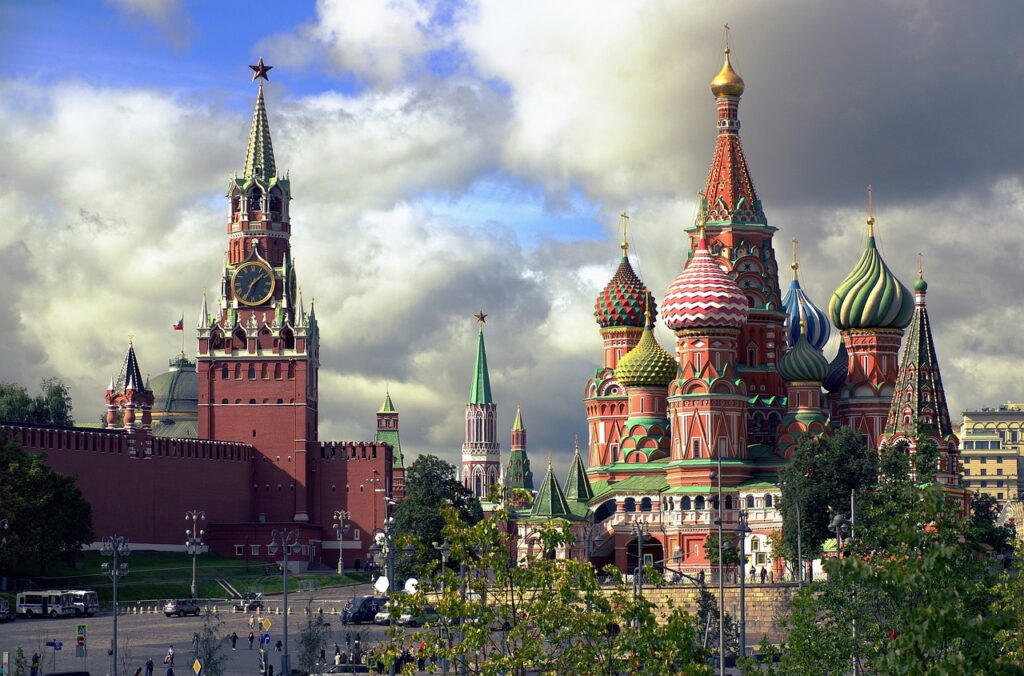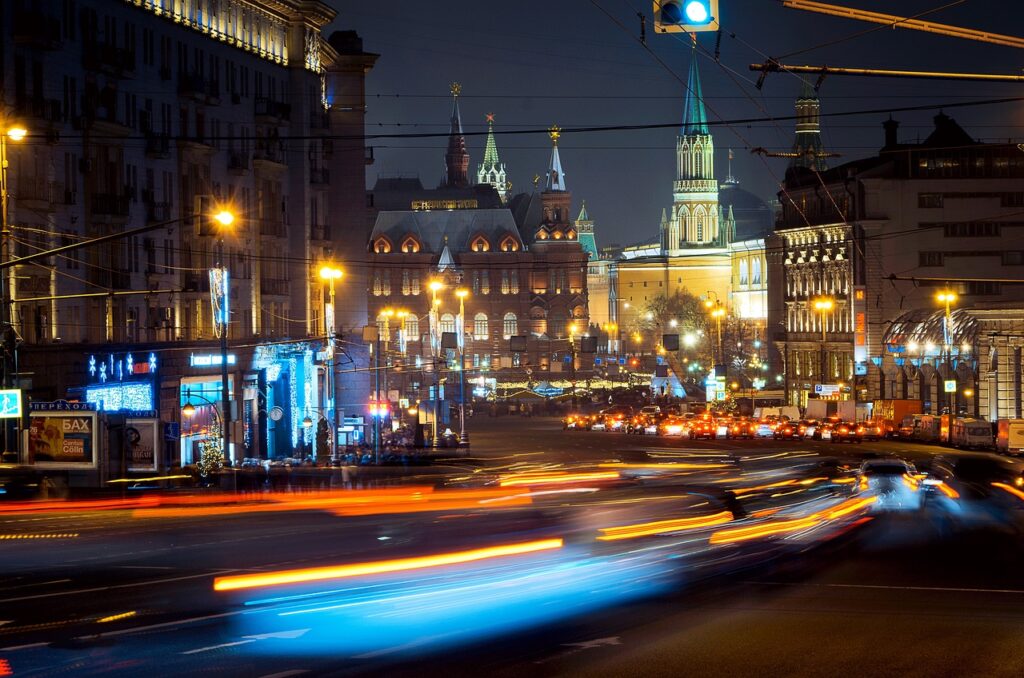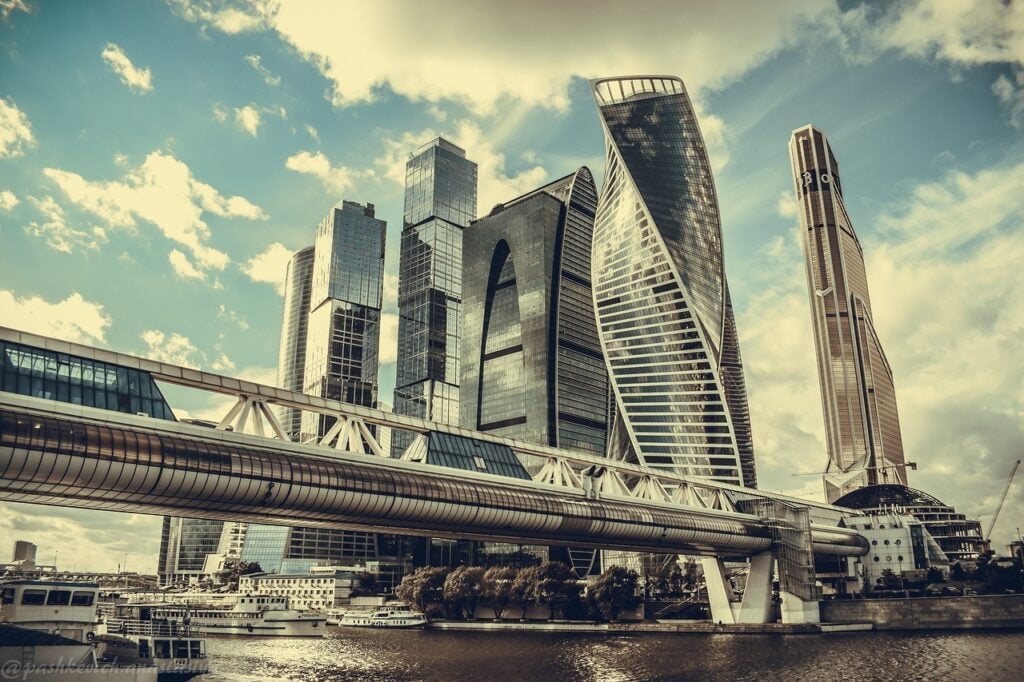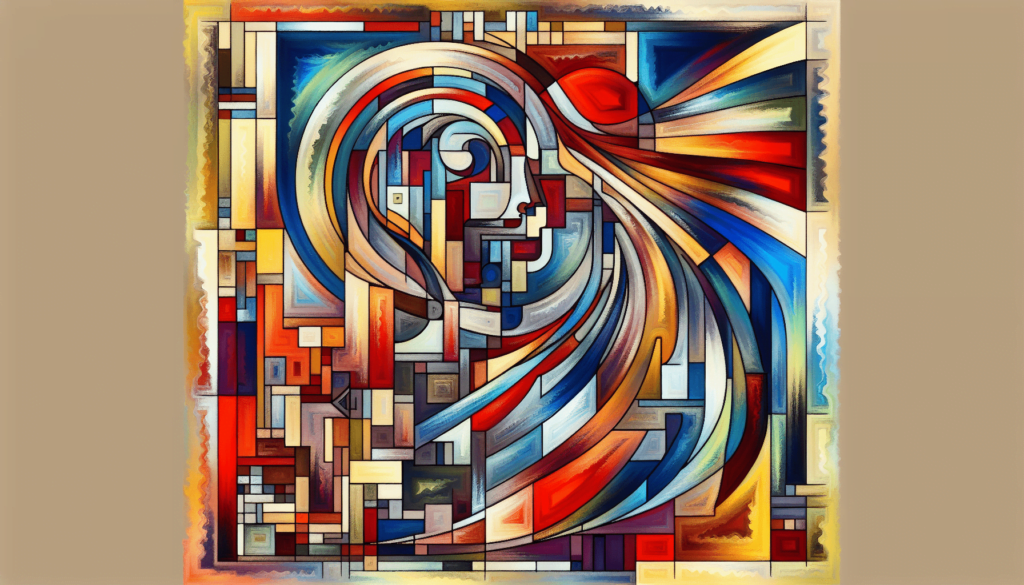Exploring Moscow’s Art Scene is a captivating journey through the vibrant artistic heritage and contemporary innovations that define the Russian capital. With an acclaimed art history anchored in iconic institutions like the Tretyakov Gallery and the Pushkin Museum of Fine Arts, Moscow’s rich cultural legacy is seamlessly intertwined with a dynamic modern art landscape. Recent years have seen the emergence of cutting-edge galleries and art centers such as the Garage Museum of Contemporary Art, capturing the creative pulse of the city.
This article delves into the evolution of Moscow’s art scene, examining key historical milestones and current trends that make it a hub of global artistic discourse. By offering a nuanced analysis of various artistic movements and their societal impacts, the discussion underscores Moscow’s position as both a preserver of traditional art forms and a pioneer in contemporary expression. Have you ever wondered how Moscow became a hub for a thriving art scene that captivates both locals and tourists alike?
Table of Contents
Overview
Exploring Moscow’s art scene reveals a dynamic interplay between historical depth and contemporary innovation. As Russia’s capital, Moscow is not just a political and economic powerhouse but also a cultural epicenter that houses a multitude of art galleries, museums, and public art spaces. The city’s rich artistic heritage and modern-day creativity create a complex, yet fascinating landscape. Why focus on Moscow? Its unique blend of the ancient and avant-garde makes it a subject of endless intrigue for art enthusiasts. The relevance of this exploration is underscored by Moscow’s persistent emergence as a cultural landmark, attracting art aficionados and scholars from around the globe.
Thesis Statement
The primary aim of this article is to examine the multifaceted nature of Moscow’s art scene, from its historical evolution to contemporary movements, thereby demonstrating how the city serves as an influential and burgeoning hub for global art.

This image is property of pixabay.com.
Historical Context
The Birth of Moscow’s Art Scene
Moscow’s artistic journey dates back to the early Russian Empire, where the city’s art scene was deeply intertwined with religious iconography and architecture.
15th-18th Centuries: During this period, churches adorned with intricate frescoes and icons were the focal points of Russian art. The Andrey Rublev Museum, named after the famed icon painter, preserves many stunning examples of this era.
19th Century: The onset of Tsarist rule saw a burgeoning of classical art, with the establishment of institutions like the Tretyakov Gallery, founded by Pavel Tretyakov in 1856. This gallery became a repository for Russian fine art, amassing an extensive collection that narrated the annals of Russian history.
Early 20th Century: A period of revolution and transformation, the early 1900s were formative years for avant-garde art in Moscow. Artists like Kazimir Malevich and Wassily Kandinsky broke away from traditional forms, opting instead for abstract and cubist expressions.
Soviet Influence
1920s-1980s: The formation of the Soviet Union brought a new wave of artistic expression tightly controlled by political doctrine. Socialist realism became the state-endorsed style, aiming to depict the utopian aspirations of socialism. The Moscow Metro, often described as “underground palaces,” reflects this era’s artistic grandeur and political undertones.
Perestroika and Glasnost: The political reforms of the late 1980s paved the way for greater artistic freedom, resulting in a boom of experimental and non-conformist art. Galleries like the Garage Museum of Contemporary Art epitomized this newfound freedom, showcasing works that challenged traditional Soviet norms.
Current Trends
Modern Art in Moscow
Today, Moscow boasts an eclectic mix of traditional and contemporary art. Whether through state-funded museums or private galleries, the city offers a rich tapestry for those eager to explore modern art.
Digital Art: With advancements in technology, digital mediums have become increasingly prominent. Digital October, for instance, is a venue that merges technology with art, hosting exhibitions that delve into virtual and augmented realities.
Street Art: Moscow’s streets have turned into sprawling canvases, reflecting contemporary social issues and political commentary. The city’s street art festivals, such as Artmossphere Biennale, highlight the growing acceptance and institutionalization of this once-marginalized art form.
Art Institutions and Galleries
State Tretyakov Gallery: Continues to be a cornerstone of Russian art, frequently updating its collections to include modern masterpieces. Garage Museum of Contemporary Art: Founded by Dasha Zhukova, this museum is a testament to Moscow’s burgeoning contemporary scene. Winzavod Center for Contemporary Art: Once a wine factory, now a bustling art space that offers a platform for young, emerging artists.
Art Fairs and Festivals
Events such as the Cosmoscow International Contemporary Art Fair and the Moscow Biennale offer unparalleled access to cutting-edge contemporary works, attracting both collectors and casual visitors.

This image is property of pixabay.com.
Key Concepts and Definitions
Before delving further, it’s crucial to clarify some terminology to facilitate a comprehensive understanding.
Avant-garde: A style that pushes the boundaries of what is accepted as the norm, primarily in the arts. Socialist Realism: An artistic style that was the official form of art in the Soviet Union, aiming to glorify communist values. Digital Art: Artistic work that uses digital technology as an essential part of the creative or presentation process.
Detailed Exploration
The Role of Major Art Institutions
The State Tretyakov Gallery, Garage Museum, and Winzavod Center are pivotal not just for their collections but also for their role in education and cultural exchange. The Tretyakov often collaborates with international museums for joint exhibitions, while Garage offers a series of educational programs for all age groups. Winzavod focuses on nurturing young talent through its residency programs and workshops.
The Influence of Private Collectors
Moscow’s art scene has greatly benefited from the patronage of wealthy individuals who invest in the arts. Collectors like Roman Abramovich and Leonid Mikhelson have funded several institutions and exhibitions, contributing to the city’s cultural vitality.
Government Support and Policy
The Moscow government has also played a significant role. Subsidies, grants, and funding programs have made it feasible for many art projects to come to fruition. Additionally, policies that promote cultural tourism have established Moscow as a must-visit location for art lovers.
Case Study 1: The Tretyakov Gallery
Founded in 1856 by merchant Pavel Tretyakov, the Tretyakov Gallery is home to one of the most comprehensive collections of Russian art, ranging from medieval icons to contemporary works. The gallery’s continuous efforts to modernize and digitize its collections make it accessible to a global audience, enhancing its significance in the international art community.
Case Study 2: The Garage Museum of Contemporary Art
The Garage Museum, founded in 2008, is a paradigm of modern Russian art. Located in Gorky Park, the museum’s avant-garde architecture and cutting-edge exhibitions embody the progressive spirit of Moscow’s art scene. A notable exhibition, “Art Experiment,” encourages audience interaction, blending art with participatory experiences.

This image is property of pixabay.com.
Comparison of Different Perspectives
Traditional vs. Contemporary
A common debate within Moscow’s art circles revolves around the preservation of traditional art forms versus embracing contemporary expressions. While purists argue for the sanctity of classical art, modernists advocate for innovation and breaking the mold.
Traditionalists: Focus on preserving the historical and cultural heritage of Russian art. They highlight the importance of iconic works and religious art that form the bedrock of Russian cultural identity. Modernists: Emphasize the need for art to evolve and reflect contemporary societal issues. They support initiatives that push the boundaries, such as digital art and street exhibitions.
Impact Assessment
The balance between preserving tradition and fostering innovation has profound implications for the overall art scene. It allows for a more inclusive environment where different forms of art can coexist, appealing to a broader audience. This diversity enriches the cultural fabric of Moscow, making it a dynamic and ever-evolving art destination.
Future Directions and Implications
Predictions
Given the current trends, it is plausible to predict that Moscow will continue to grow as a global art hub. The increasing investments by private collectors, combined with government initiatives, point towards a future where Moscow’s art scene could rival those of Paris and New York.
Sustainability in Art: With global awareness around climate change, Moscow might see a surge in sustainable art practices. Virtual Art Experiences: Advancements in VR and AR technologies could bring about a new era of art exhibitions that are accessible worldwide.
Implications
The growth of Moscow’s art scene has wider implications for the city’s international standing. It not only boosts tourism but also positions Moscow as a vibrant cultural metropolis. The cross-pollination of ideas promoted through international collaborations could spur further innovation, making Moscow a focal point for global artistic dialogue.

Conclusion
Recap
Moscow’s art scene stands as a testament to the city’s vibrant history and promising future. From its early religious iconography to modern-day digital art, Moscow has continually evolved, reflecting broader social and political shifts. Major art institutions, private collectors, and government policies have all played pivotal roles in this growth.
Final Thought
As we ponder the future of Moscow’s art landscape, one must consider how the balance of tradition and modernity will shape its path. Will Moscow maintain its unique blend, or will contemporary trends overshadow its rich history?
Engagement
Readers are encouraged to share their thoughts and explore more about Moscow’s art scene. Whether through visiting the city’s landmark galleries or participating in its vibrant festivals, Moscow offers myriad opportunities for art appreciation and discovery.
Credible Sources
- “The Russian Avant-Garde Movement,” by John E. Bowlt.
- “A History of Russian Art,” by Anthony Parton.
- The State Tretyakov Gallery – website
- Garage Museum of Contemporary Art – website
- “Moscow: Art Museums, Galleries and More,” by Ekaterina Lazarova.
Exploring Moscow’s art scene provides a deep dive into a city where history and innovation intermingle, offering a rich platform for artistic expression. The city’s unique blend of traditional and contemporary art forms makes it indispensable for anyone aiming to understand the full scope of global art.

Unforgettable Scenic Drive Along Australia’s Great Ocean Road
